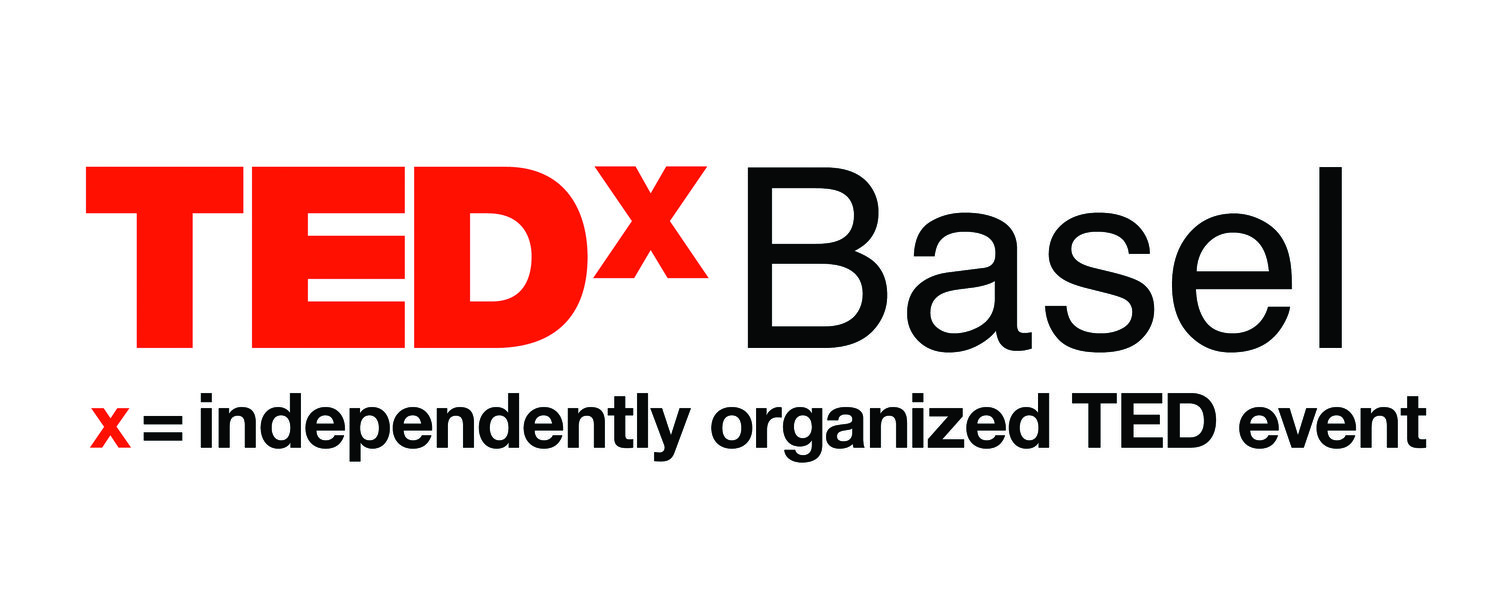TED's 31 days of Ideas - Day 19: Where do creative ideas come from?
/Where do creative ideas come from?
By David Rockwell
When I heard David Byrne's TED Talk, "How architecture helped music evolve," I couldn’t help but recall that wonderful quote from Goethe: "Music is liquid architecture; architecture is frozen music." I agree! Music can be understood as an unstable art flowing from moment to moment in a dynamic state of change. And although static, architecture can be experienced as though it's in constant transformation when a designer choreographs movement through an environment. For me, the connection between the two arts is powerful, and it informs my work as an architect and theater designer every day.
In his talk, Byrne intersperses musical passages to show how vastly different performance venues, from a cathedral to a football stadium or grungy nightclub, influence both the production and reception of music. Listening to a chant by Thomas Tallis performed in a Gothic cathedral or a Mozart sonata played in a small baroque chamber highlights how spaces invite an approach to the creation of music itself. For Byrne, the shared space of the noisy club, or the isolating experience of the MP3 player, become specific contexts to write for.
This feedback loop is familiar to any designer. Creative ideas don't emerge in a vacuum. In my world, every project starts with a specific site, which has a huge influence on how it's created. From there, the building begins to create its own space. When I'm creating a new environment, I'm not only thinking about how the design will solve a problem but how that space might conjure a new sort of experience, one that in turn might suggest a new architecture.
Byrne hit a nerve. As a kid, I dreamed of being a concert pianist. And though I abandoned the idea of a career in music, when I listen to Byrne talk I can imagine what it's like to play a piano sonata in entirely different environments. Like Byrne, I believe that creativity adapts and that its power to tease out unexpected emotions can take place in vastly different contexts. Once we understand the context, we get to deliver joy and elation.


